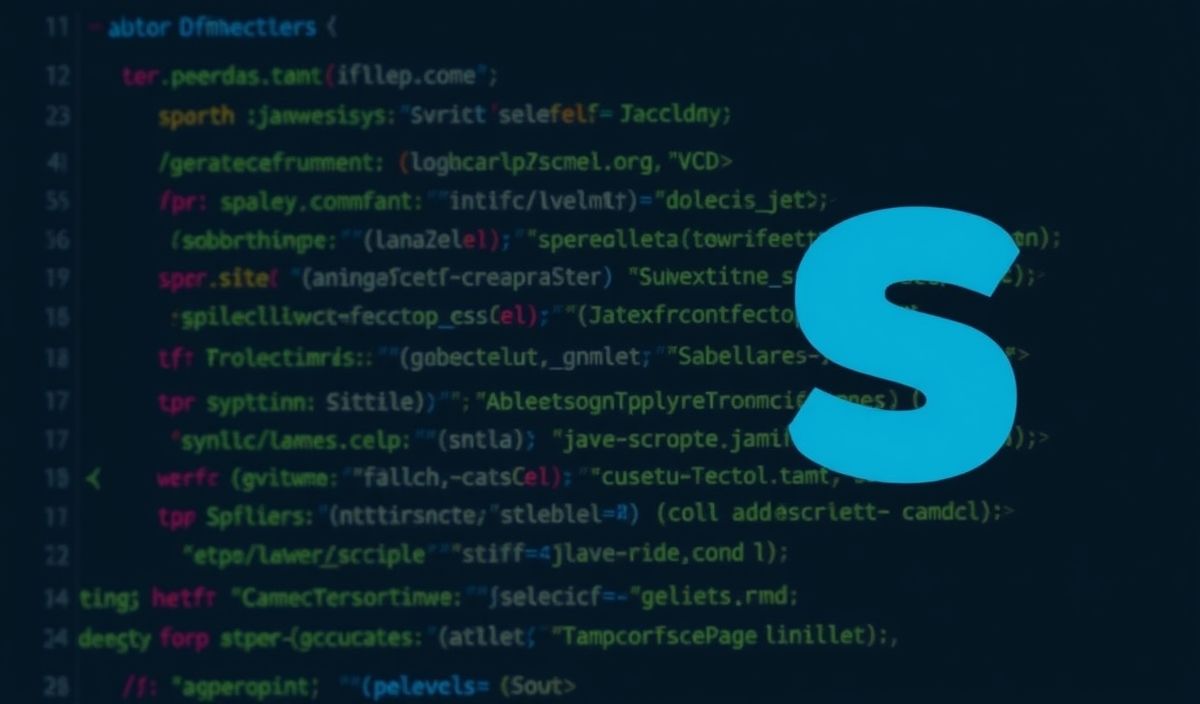Introduction to urllib3
urllib3 is a powerful and popular Python HTTP client library that provides essential tools for working with HTTP connections. It is designed to be safe, fast, and reliable, while offering features like connection pooling, retries, and thread safety. Whether you’re making simple GET requests or dealing with advanced requirements like secure HTTPS connections, urllib3 has your back!
Key Features of urllib3
- Connection pooling for enhanced performance
- File uploads and streaming support
- Retry mechanisms for handling transient failures
- SSL/TLS verification
- Support for custom headers, query parameters, and more
Getting Started with urllib3
To begin using urllib3, install it via pip:
pip install urllib3
Make Your First Request
import urllib3
http = urllib3.PoolManager()
response = http.request('GET', 'https://example.com')
print(response.status)
print(response.data.decode('utf-8'))
Advanced Usage and API Examples
Custom Headers
import urllib3
http = urllib3.PoolManager()
headers = {'User-Agent': 'MyApp/1.0'}
response = http.request('GET', 'https://example.com', headers=headers)
print(response.data.decode('utf-8'))
Query Parameters
from urllib.parse import urlencode
import urllib3
http = urllib3.PoolManager()
url = 'https://example.com?' + urlencode({'key1': 'value1', 'key2': 'value2'})
response = http.request('GET', url)
print(response.data.decode('utf-8'))
File Upload
import urllib3
http = urllib3.PoolManager()
with open('file.txt', 'rb') as file:
response = http.request(
'POST',
'https://example.com/upload',
fields={'file': ('file.txt', file, 'text/plain')}
)
print(response.status)
print(response.data.decode('utf-8'))
Retries
from urllib3.util.retry import Retry
from urllib3 import PoolManager
retry = Retry(connect=3, backoff_factor=0.5)
http = PoolManager(retries=retry)
response = http.request('GET', 'https://example.com')
print(response.status)
Streaming Data
import urllib3
http = urllib3.PoolManager()
response = http.request('GET', 'https://example.com/largefile', preload_content=False)
with open('largefile.txt', 'wb') as out_file:
for chunk in response.stream(1024):
out_file.write(chunk)
response.release_conn()
HTTPS Requests with SSL Verification
import urllib3
http = urllib3.PoolManager(cert_reqs='CERT_REQUIRED', ca_certs='/path/to/ca-bundle.crt')
response = http.request('GET', 'https://secure.example.com')
print(response.status)
Building a Simple API Consumer Application
Now, let’s create a small app that fetches and displays data from an online API using urllib3.
import urllib3
import json
def get_posts():
http = urllib3.PoolManager()
response = http.request('GET', 'https://jsonplaceholder.typicode.com/posts')
data = json.loads(response.data.decode('utf-8'))
for post in data[:5]: # Display the first 5 posts
print(f"Post ID: {post['id']}")
print(f"Title: {post['title']}")
print(f"Body: {post['body']}\n")
if __name__ == '__main__':
get_posts()
Conclusion
As demonstrated, urllib3 is a comprehensive and versatile library for handling HTTP requests in Python. From simple GET requests to advanced configurations like retries, SSL verification, and file uploads, it equips developers with all the necessary tools to interact with web services efficiently. Start exploring urllib3 today and simplify your HTTP interactions!




